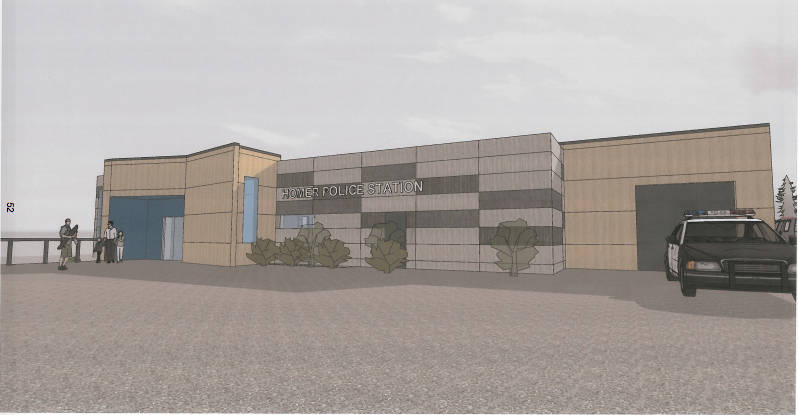Members of the Homer City Council had plenty to discuss after a several-week break from business over the holidays.
Starting out at a worksession before the Monday meeting, the council for the first time reviewed in detail the final report from the Homer Education and Recreation Complex Task Force, which was submitted last month. Council member Donna Aderhold said the city will likely seek a help from the private sector in order to secure a useful future for the HERC.
“It was our first real opportunity to discuss as a group the recommendations of the HERC Task Force,”she said. “And we had some really good discussion on various aspects of those recommendations. … We have some general consensus on a way forward for a resolution that will come up at our next meeting to where we’re working towards a public-private partnership.”
To accomplish that, Aderhold said the city will ask for letters of interest from the public “for how different organizations might be interested in using the building as a lessee. And based on the responses that we get, we would then look for a private partner that would take on the lease of the building, leasing the building from the city to take on the management and direction of that building.”
The city will host at public meeting from 4-5:30 p.m. on Tuesday, Jan. 22 in the Cowles Council Chambers at City Hall, where members of the task force will discuss their recommendations and next steps the city might take regarding the HERC.
Later, during a committee of the whole meeting, the council heard from Police Chief Mark Robl, Public Works Driector Carey Meyers and Pat McNary, project manager for the station. They presented a 35-percent conceptual plan for the new station, which can be found in the council’s meeting packet.
“We did a little back and forth on some roof design and some other elements that were included there,” said council member Heath Smith. “And they assured us that they were on task and … they weren’t facing any real serious obstacles with the lay of the land down there (at the building site).”
The council also voted to approve an ordinance at its meeting that will change the way a plurality of votes is calculated in elections for council members and for the mayor. Introduced in December, the ordinance brought forth by Aderhold and Smith will simplify the system used to calculate a plurality.
Currently, Homer’s city code defines a plurality of votes as a certain percentage of the total votes cast in an election, and the code uses the same percentage for both council members and the mayoral race.
Because two council seats come open each election cycle, the percentages for council member elections had been doubled when compared to the percentages required for a plurality in the mayoral vote. In future elections, for two vacant 3-year seats, the required percentages for a plurality of the vote will be changed to 20 percent of the votes cast when there are less than five candidates and 17.5 percent of the votes when there are five or more candidates.
If there is a single vacant council seat or two vacant council seats with different terms, the percentage to avoid a runoff for each seat is 40 percent if there are less than five candidates or 35 percent if more than five candidates.
Smith and Aderhold have said this way of calculating votes will be less confusing in the future.
Reach Megan Pacer at mpacer@homernews.com.


